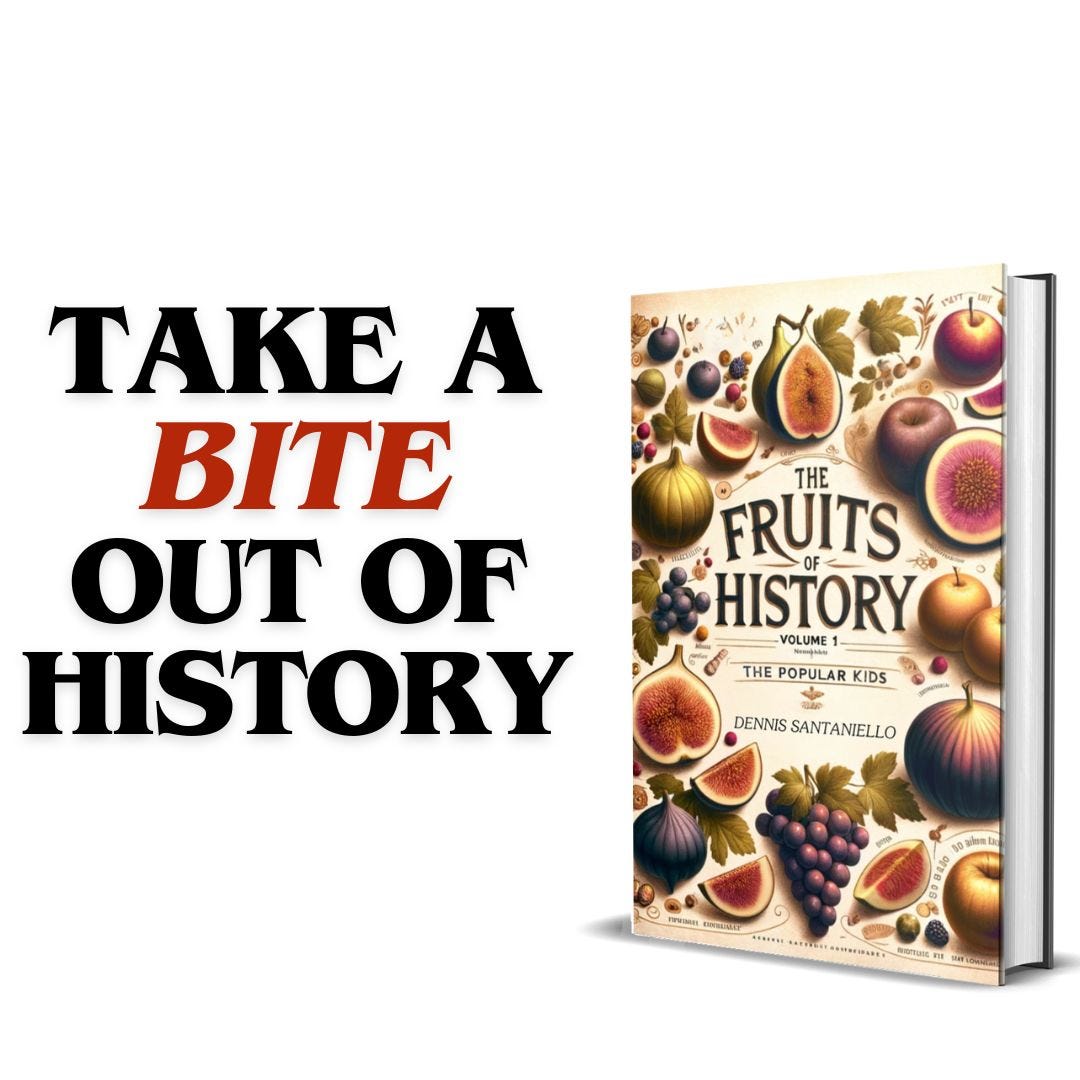So, what exactly is a luffa, and why does it hold significance? Commonly known as the loofah, this plant transforms from a simple edible gourd to a versatile sponge, captivating various cultures for centuries with its unique properties.
The luffa plant originates from the warm, tropical regions of Asia and Africa, where it has been cultivated for its edible young fruit. Historically integrated into the diets of communities in Vietnam, India, and Egypt, the luffa has been a staple in traditional cuisines and medicine for centuries. Its mention in ancient Ayurvedic texts highlights its longstanding medicinal and dietary significance.
In its early stage, the luffa fruit is tender and succulent, similar in taste and texture to zucchini or cucumber. It is a popular ingredient in Asian and African dishes, where it is sautéed, stewed, or pickled. For instance, in India, it is featured in the dish "torai," cooked with spices, while in Egypt, it is often stuffed with rice and meat to make "mahshi."
As the luffa matures, its interior develops into a network of fibrous tissue. When this mature fruit is soaked in water, peeled, and processed to remove seeds and flesh, it transforms into the loofah sponge known globally. This process has evolved from traditional hand methods to more mechanized techniques in modern times.
The luffa sponge's historical use dates back centuries, possibly as early as the 14th century in Asia. Its fibrous texture made it an excellent tool for cleaning, both in the home and for personal hygiene. In regions like China, it was even utilized to create lightweight summer clothing, showcasing its versatility.
The story of the luffa highlights a narrative of international trade and cultural exchange. Its journey along historic trade routes such as the Silk Road allowed its spread from native lands to the Middle East, Europe, and beyond, integrating it into various cultural practices.
Today, luffa is a sustainable and eco-friendly alternative to synthetic sponges. Its biodegradable nature makes it an appealing for health conscious people, and the dual life of the luffa gourd, as both food and sponge, exemplifies the intricate relationship between humans and the natural world.
Additional Sources:
Historical Cultivation and Use in Asia and Africa: Whitaker, T. W., & Bemis, W. P. (1976). "Origin and Evolution of the Cultivated Cucurbita." Bulletin of the Torrey Botanical Club, 103(6). This paper discusses the domestication and historical use of cucurbits, including luffa, providing insights into their ancient cultivation in Asia and Africa.
Edible Uses of Young Luffa Fruit: Weiss, E. A. (2002). "Oilseed Crops." Blackwell Publishing. Weiss's book mentions the use of young luffa fruits as vegetables in various cuisines, similar to zucchini or cucumber, and their importance in traditional diets in Asia and Africa.
Transformation to Sponge and Historical Significance: Van Wyk, B.-E. (2005). "Food Plants of the World." Timber Press. This reference includes information on the luffa plant's transformation from an edible gourd to a fibrous sponge and its uses in different cultures.
Ancient Ayurvedic Texts Mentioning Luffa: Sharma, P. V. (1998). "Classical Uses of Medicinal Plants." Chaukhambha Visvabharati. Sharma's compilation of Ayurvedic knowledge provides an historical context for the medicinal and dietary use of luffa in ancient Indian texts.
Modern Uses and Environmental Benefits: Sachs, J. D. (2015). "The Age of Sustainable Development." Columbia University Press. While not specifically about luffa, Sachs's work discusses modern trends towards sustainability and the environmental benefits of using natural products over synthetic alternatives, which can be related to the contemporary appreciation for luffa sponges.





